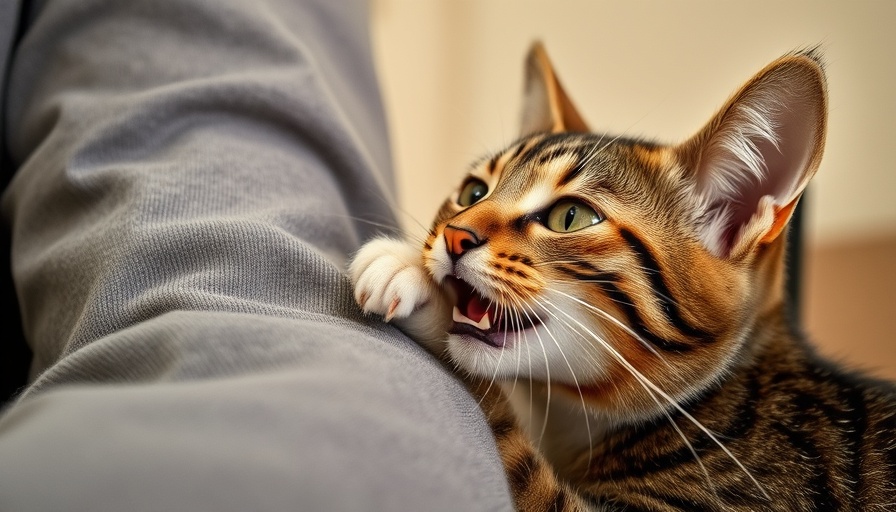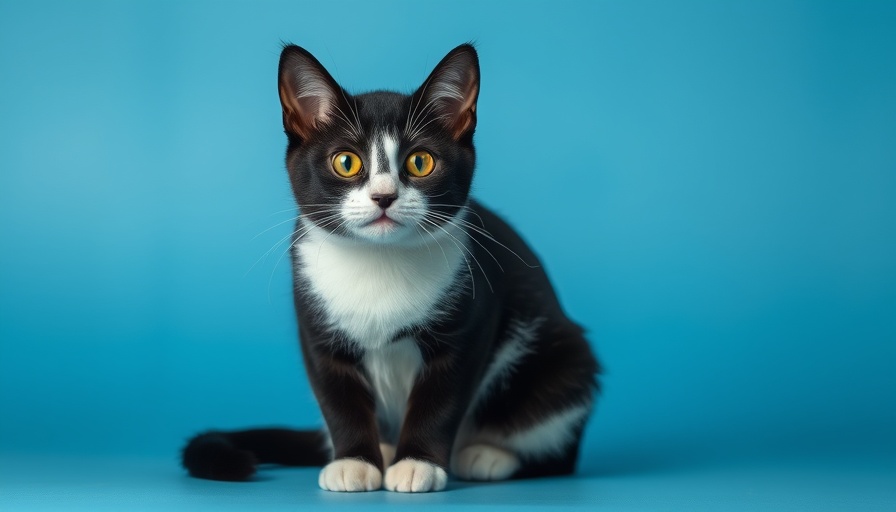
Can Your Cat’s Blink Speak Volumes?
When we think of pet trust, we often look to dogs, their wagging tails and enthusiastic greetings are hard to miss. But what about our feline companions? Have you ever noticed your cat’s slow blink? This simple act is much more than a casual gesture—it’s a profound display of trust. In the wild, cats are naturally cautious creatures, well aware that exposing vulnerability can lead to danger. So when your cat chooses to close their eyes in your presence, even for just a moment, they’re declaring, “I feel safe with you.” This intimate gesture is akin to a cat kiss, a soft reminder of the bond shared between species. Engaging in this silent language strengthens the relationship between you and your cat—a true testament to their trust and affection.
In '10 Signs Your Cat Trust You More Than You Think', the discussion dives into the subtle and often overlooked signals of feline trust, exploring key insights that sparked deeper analysis on our end.
The Belly: A Window Into Trust
Ah, the infamous belly. It’s often tempting to reach out for a stroke when you see your cat roll over, displaying their soft underbelly. But take a moment—this is much more than a casual stretch. For cats, exposing their belly means they trust you completely. In the wild, this would be a risky move; predators hide their vulnerable spots for a reason. Therefore, when your cat relaxes and shows you their full belly, they’re sending a powerful message. It’s their way of saying, “I am completely relaxed and I trust you.” Although not every cat enjoys belly rubs, the act of revealing this sensitive area is a testament to their respect and comfort in your presence.
Choice of Sleeping Spots: Where You Rank in Their World
Ever wonder why your cat chooses to sleep next to you instead of a cozy nook or perch? When your cat curls up beside you, they’re not just after warmth. They are making an intentional choice, one that reflects utmost trust. Cats are survival experts and take their safety seriously. By opting to sleep next to you, your cat is saying, “I trust you to protect me.” This choice infers that you represent safety in their world, reinforcing that special bond you’ve built together through time and consistent care.
The Meaning Behind Gifts
Does your cat bring you little treasures, like toy mice or even something a bit more gruesome from outside? While these offerings might seem like odd behavior to us, for cats, these gifts carry deep communal meaning. When your cat presents you with their catch, whether it’s a bug or a toy, they are inviting you into their world. It’s their way of saying, “I trust you enough to share something valuable with you.” In their eyes, these small acts become meaningful connections, underscoring your place in their family.
Beyond Meowing: A Conversational Connection
Ever notice how your cat communicates with you? The meows and chirps are often designed specifically for human interaction since adult cats rarely meow at one another. It's a conversational sign of trust, meant exclusively for their human companions. Softer sounds—the gentle trills and questioning meows—represent comfort and an unspoken desire for connection. This subtle dialogue is a way of telling you, “I see you. I want to share this moment.” The back-and-forth exchange can deepen your relationship perhaps in ways you’ve never even considered.
Twisting Perspectives: The Comfort of Ignoring You
When your cat turns their back to you or walks away without a glance, it might seem dismissive. However, in cat culture, this is actually a significant sign of trust. A cat that fully trusts you will allow themselves the luxury of turning their back and getting comfortable, knowing they are safe from harm. This action demonstrates confidence—an understanding that you pose no threat. So rather than taking it personally, recognize the complement being extended to you.
Final Thoughts: Building a Deeper Bond
Trust may not always be boisterous or glaringly apparent. Your cat's quiet, gentle gestures—like a slow blink, a soft purr, or an offered belly—paint a beautiful picture of their affection toward you. Remember, even for a seemingly aloof creature, your cat's trust is earned, and understanding these nuanced signs can elevate the bond you share. So tonight, when your cat gives you that special slow blink, be sure to return the gesture. It's in these tender connections that your relationship grows. Take a moment to appreciate your cat’s silent language—it’s rich with stories of shared trust and love.
 Add Row
Add Row  Add
Add 




Write A Comment